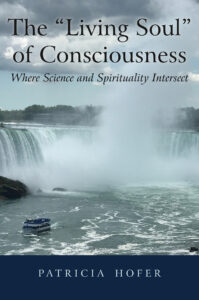Christianity’s “rational” and “non rational” worship.
According to Rudolf Otto, religious worship requires the “warp and woof” of two essential threads—rational and non-rational believing (xvii). In the rational approach to religion, the focus is on God’s attributes. These help us to view God “conceptually,” with doctrines that focus on His justice or goodness or spirit. Taken to the extreme, however, such a rational or intellectual focus leads to a “wrong and one-sided interpretation of religion” (The Idea of the Holy 1). …
The other essential thread of religious believing, God’s “wholly other” presence, is non-rational. From it we know that God can’t be captured or contained within attributes or doctrines or concepts. His presence with us is “purely a felt experience” (Otto 59). …
Between these two groups, between these extremes of a too rational or a too non-rational worship of God, walks our Lord. He rejected the currents of religious legalism that circled around him. And he did not practice the physical deprivations that had found their way into John the Baptist’s followers. He went where people were. And he ate what they ate, drank what they drank, and wore what they wore.
Jesus teaches a divine justice and a spiritual goodness that is moderated by the compassion of a Father, a Father who is “in heaven” and yet a Father who loves here on earth. Christ keeps us centered on “the deep-felt harmony” of true religious worship (Otto 84). And so, wherever we are, in whatever byway or side street we’ve wandered, the Lord finds us. (Living Large, chapter 41)


Leave a Reply